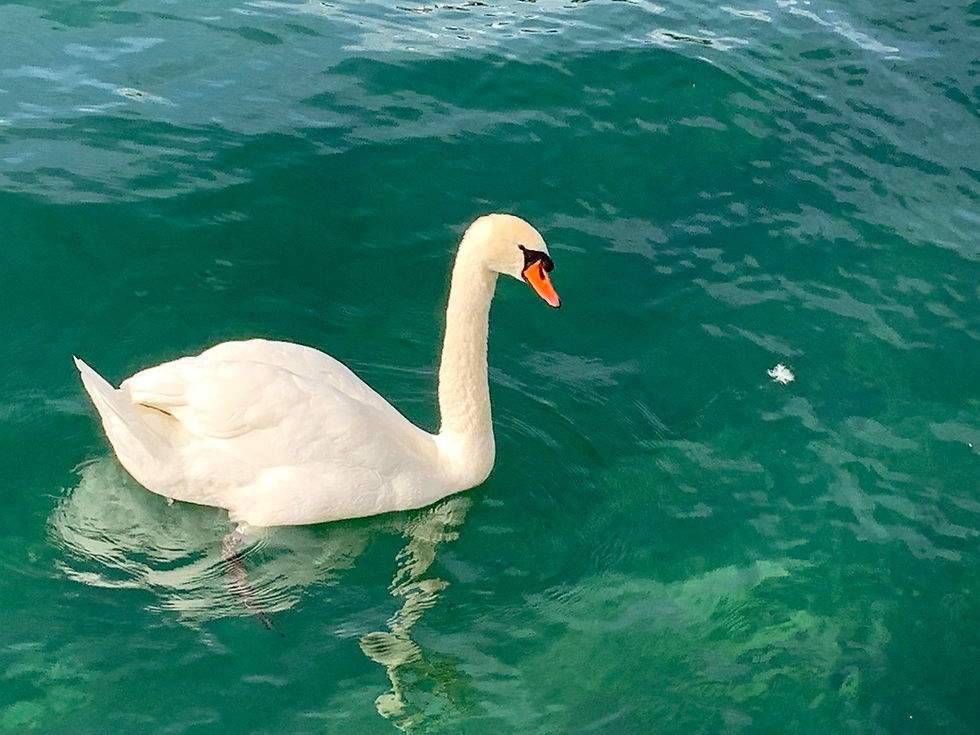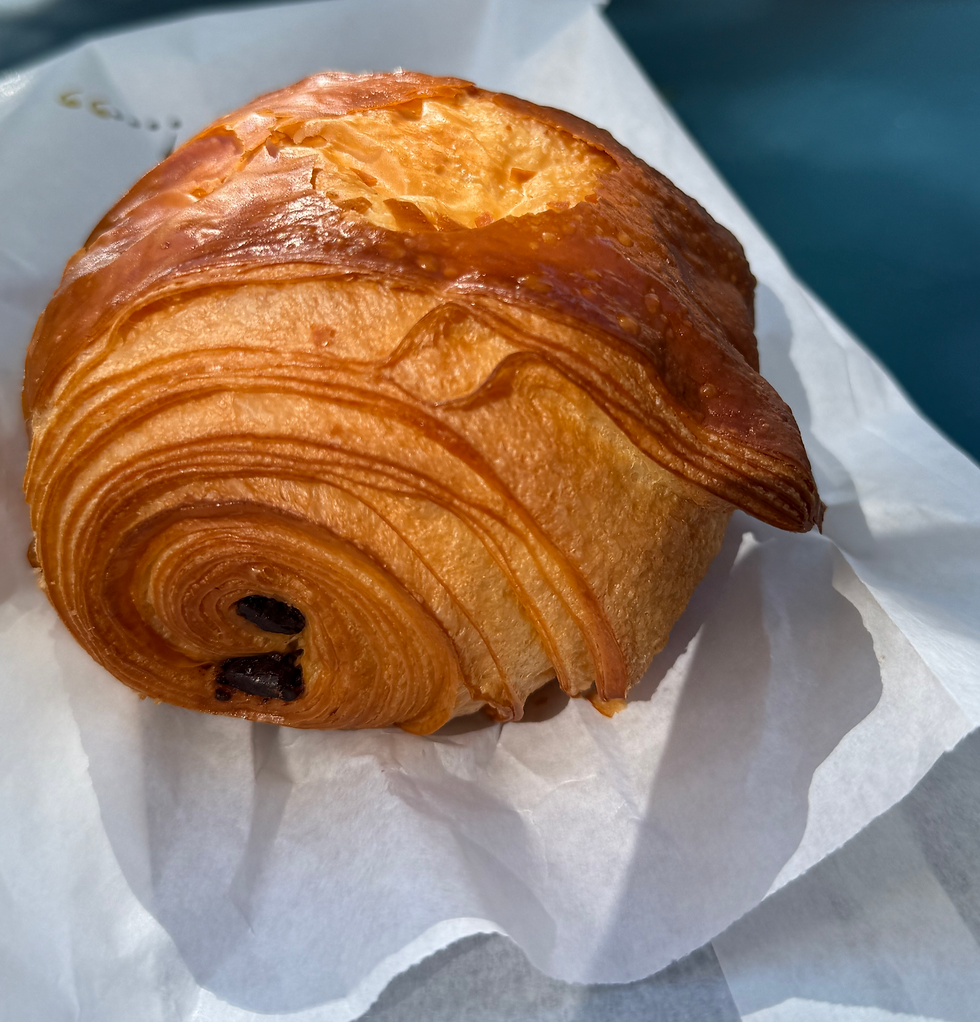We are sad to leave Switzerland
- Deborah Kade
- Sep 28, 2019
- 3 min read
September 28, 2019
We have a 7 AM flight on the 29th. It is not possible to leave Interlaken early enough to catch the flight as the first train leaves Interlaken just before 5 AM and it is a two and a half hour train ride from Interlaken to the Zürich airport.
Checked in at the Radisson Blu at the airport. Then, we decided to stroll through the Old Town section of the city.
What do Einstein, James Joyce and Wagner have in common? All three were residents of Zürich. It's not only great minds who are captivated by this lakeside city with its well-preserved old town – people from all over the world have always flocked to the thriving metropolis.

"Schipfe" is one of the oldest quarters of the city of Zurich and runs below Lindenhof.
The name originates from the nautical term "schupfen" (push) used by the fishermen to describe how they pushed their boats to and from the riverbank. During the Middle Ages the Schipfe was the transfer point for essential merchandise, and from the 16th century became the headquarters of the silk industry, and the location of bathhouses and boat building. Even today, the Schipfe remains a street of artisans, where craftspeople take the necessary time for their customers, providing expert advice and suggestions. Quality and custom-made products are available in the small, romantic shops and workshops along the Limmat River. The Schipfe is an idyllic location to linger, shop and enjoy some good food.

The motorized boats, “Felix” and “Regula”, are named for Zürich’s patron saints, while “Turicum” bears the city's ancient Roman name. All of them have glass roofs, so that passengers can enjoy the beautiful views of the picturesque Old Town and Lake Zurich from wherever they are sitting.


The Storchen Hotel
It is not known exactly how the hotel got its name "Zum Storchen". Legend has it that the name was adopted after a pair of rare black storks nested on its roof. In 1357, the "Hus zum Storchen" was mentioned in the tax records for the city of Zürich for the first time and just over 100 years later, it was specifically described as an inn.
From Paracelsus to Richard Wagner, international guests have long flocked to this house for its great history of quality hospitality. The Storchen has witnessed the changing landscape of Zurich over 660 years.

Kids will enjoy a ride on this beautifully restored vintage carousel (Rosslirytschuel), situated on the pedestrian Rathaus Bridge (Rathausbrucke). Originally a hand-turned carousel from the 1880's, today kids can ride on horses ith colorful plumes or sit back in red or blue carriages.


This narrow pedestrian bridge, the Muhlestag Bridge which crosses the Limmat River, is unique in Zürich.
A lot of padlocks of different shapes are fixed on the guard railings of this fragile walkway. Each padlock is engraved with the names of modern and unknown Romeos and Juliets…



Fraumünster
They now charge to tour the church and look at the stained windows by Marc Chagall. It is best to see the windows in the morning as light is streaming through the glass.
You are not permitted to photograph the windows. They strictly enforce this rule!!!!!!!

The choir of the abbey includes 5 large stained glass windows designed by artist Marc Chagall. They were installed in 1970. Each of the 5 has a dominant color and depicts a Biblical story.
The 5 works are:
Prophets, depicting Elijah's ascent to heaven
Jacob, displaying his combat, and dreams of heaven
Christ, illustrating various scenes of Christ's life
Zion, showing an angel trumpeting the end of the world
Law, with Moses looking down upon the suffering of his people
The Fraumünster church in Zurich, founded in 853, is known for its five large stained glass windows created by Chagall in 1967. Each window is 32 feet (9.8 m) tall by 3 feet (0.91 m) wide. Religion historian James H. Charlesworth notes that it is "surprising how Christian symbols are featured in the works of an artist who comes from a strict and Orthodox Jewish background." He surmises that Chagall, as a result of his Russian background, often used Russian icons in his paintings, with their interpretations of Christian symbols. He explains that his chosen themes were usually derived from biblical stories, and frequently portrayed the "obedience and suffering of God's chosen people." One of the panels depicts Moses receiving the Torah, with rays of light from his head. At the top of another panel is a depiction of Jesus' crucifixion.
The square is located next to the Fraumünster.

The lobby area of the Radisson Blu Hotel. Great way to display wine bottles.


Another Swiss journey comes to a close. As always, Michael and I have had a terrific vacation!!!!!!





Comments